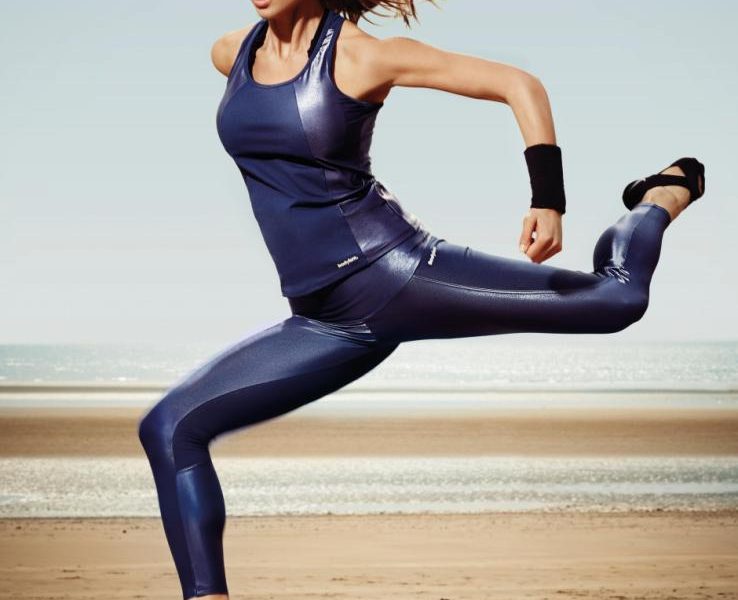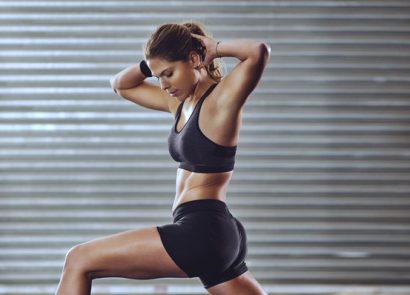Runners are stubborn. It’s a fact and not a criticism – they have to be to get themselves out of the door when it’s dark, raining and they’ve had one hell of a day. As a result, not only does it get them to the finish line, it also means that they’re prone to making the same mistakes over and over again. Whether you’re new to running or are a dab hand, we asked Becs Gentry, one of Nike’s running coaches, for her advice on how to push boundaries and smash PBs. Here are nine mistakes she says runners often make…
-
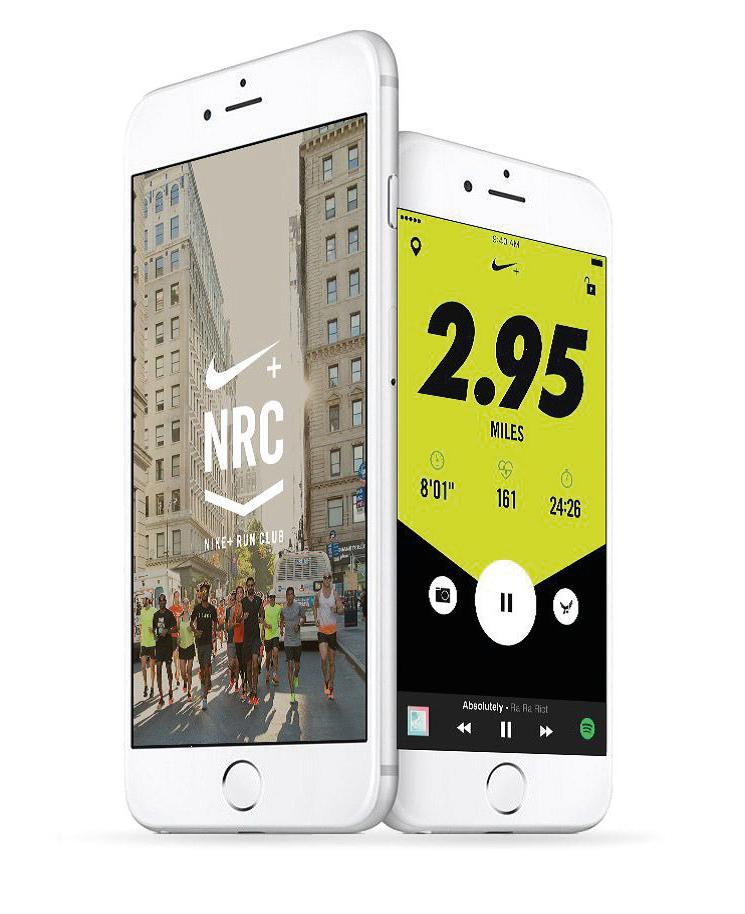 Understanding pace in relevance to the distance you have to cover is key. For example you may know how fast you have to run a 5k race but simply doubling this to get your time for a 10k can be a little over zealous as you forget you are doubling the time under stress and running fast! The Nike+ Run Club App (free, itunes.apple.com) will be set up with a programme tailored to you, adapting to you live along the way too
Understanding pace in relevance to the distance you have to cover is key. For example you may know how fast you have to run a 5k race but simply doubling this to get your time for a 10k can be a little over zealous as you forget you are doubling the time under stress and running fast! The Nike+ Run Club App (free, itunes.apple.com) will be set up with a programme tailored to you, adapting to you live along the way too -
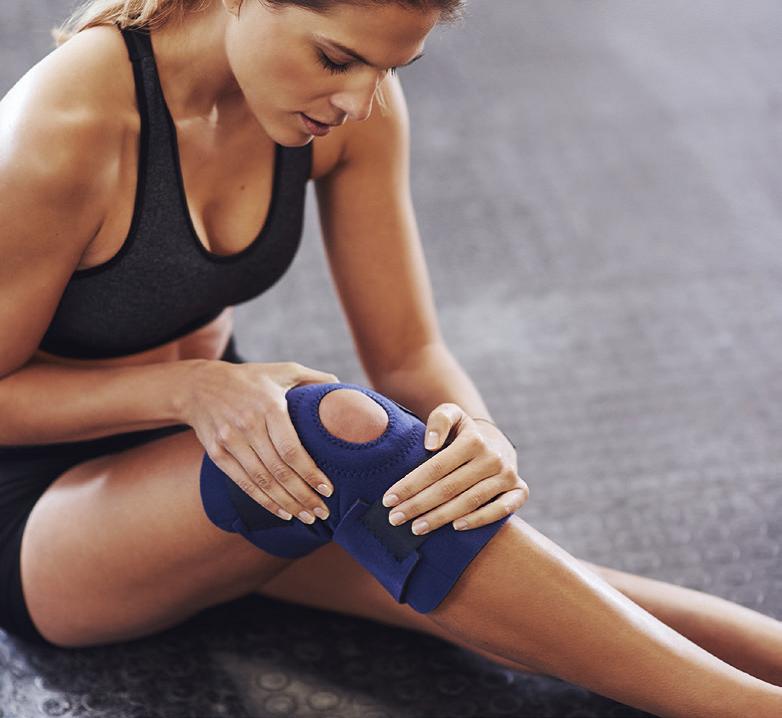 If you feel any sort of pain or discomfort stop running, and rest. Take stock of your recent fitness activity and identify anything you may have done differently – even just running more than usual – steer clear of repeating that pattern again. Running through the pain is not an option, nothing ever heals that way. Head to a physio if you feel anything odd.
If you feel any sort of pain or discomfort stop running, and rest. Take stock of your recent fitness activity and identify anything you may have done differently – even just running more than usual – steer clear of repeating that pattern again. Running through the pain is not an option, nothing ever heals that way. Head to a physio if you feel anything odd.
-
Wearing the right clothing and shoes when you run is important for helping you to perform to the best of your ability.
-
 Top Old band-tees may be super comfortable but the material has no anti-wicking properties making you hotter and uncomfortable. Sports Vest, £17.99 adidas.co.uk
Top Old band-tees may be super comfortable but the material has no anti-wicking properties making you hotter and uncomfortable. Sports Vest, £17.99 adidas.co.uk -
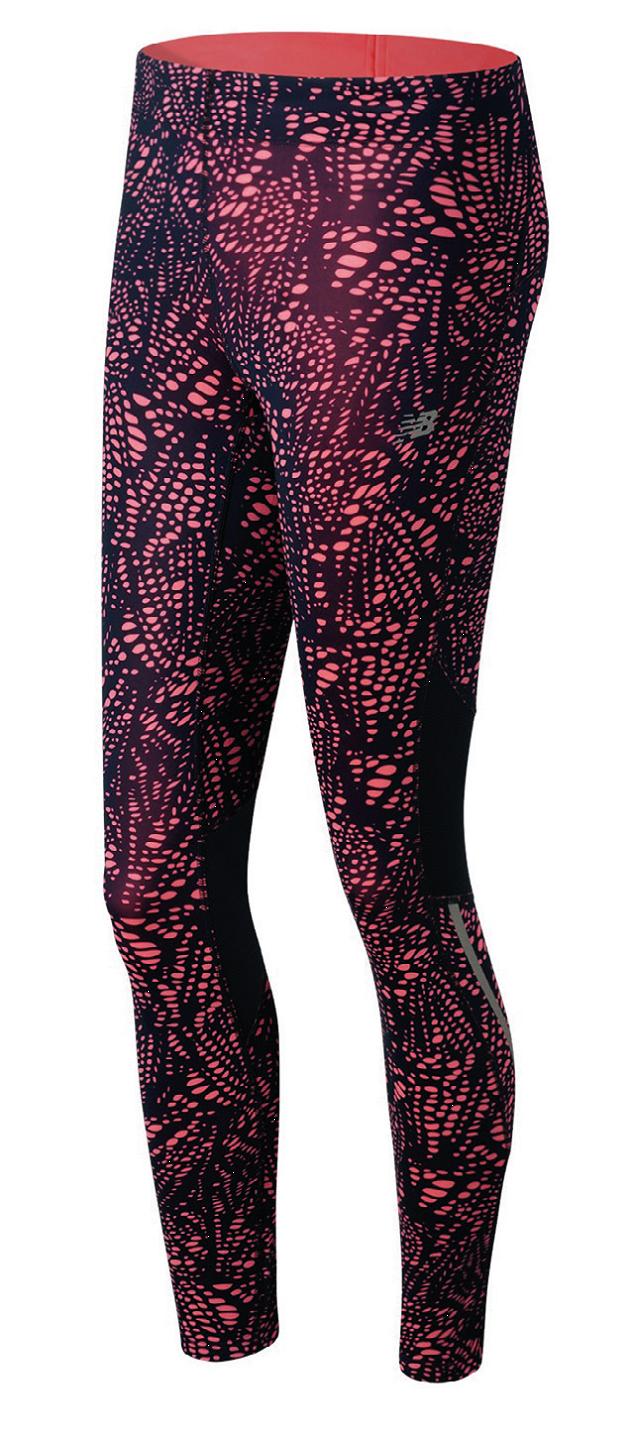 Trousers Slouchy jogging bottoms are fine for lounging around the house in but the heavy materials won’t allow your body to breathe and then chaffing can occur. So invest in running kit with climate control technology to help you run better for longer. Running Leggings, £48 newbalance.co.uk
Trousers Slouchy jogging bottoms are fine for lounging around the house in but the heavy materials won’t allow your body to breathe and then chaffing can occur. So invest in running kit with climate control technology to help you run better for longer. Running Leggings, £48 newbalance.co.uk -
 Trainers The right trainers are also important as you need support and impact offsetting in cushioning. The prescription there is run in what feels best. Edge Luxe Trainers, £74.99 adidas.co.uk
Trainers The right trainers are also important as you need support and impact offsetting in cushioning. The prescription there is run in what feels best. Edge Luxe Trainers, £74.99 adidas.co.uk -
Every step taken when you run is the force of seven times your body weight – that’s an awful lot of pressure on tendons, ligaments, bones and muscles. Single leg strengthening work can help as runners are always on one leg at a time. Try lunges (in any direction), single leg Romanian deadlift and pistol squats with the TRX.
-
 Lunges 1. Keep your upper body straight, with your shoulders back and relaxed and chin up. Engage your core.
Lunges 1. Keep your upper body straight, with your shoulders back and relaxed and chin up. Engage your core.
2. Step forward with one leg, lowering your hips until both knees are bent at a 90-degree angle. Make sure your front knee is directly above your ankle, not pushed out too far, and make sure your other knee doesn’t touch the floor. Keep the weight in your heels as you push back up to the starting position. -
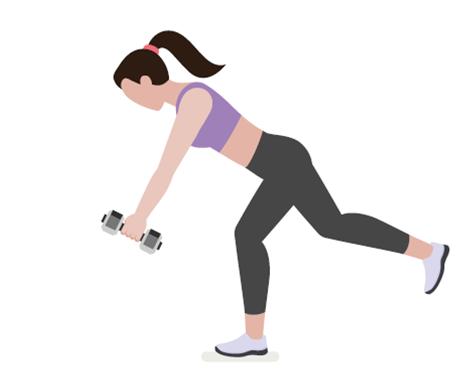 Single leg romanian deadlifts 1. Hold a kettlebell with both hands or use two dumbbells – one in each hand. Stand on one leg.
Single leg romanian deadlifts 1. Hold a kettlebell with both hands or use two dumbbells – one in each hand. Stand on one leg.
2. Keeping that knee slightly bent, perform a stiff-legged deadlift by bending at the hip, extending your free leg behind you for balance. Continue lowering the kettlebell until you are parallel to the ground, and then return to the upright position. Repeat for the desired number of repetitions. -
 When you go out there and run to the same place it gets very boring very quickly. You get to know the distances quickly and the motivation and drive to run dissipates. Mix up your routes with an app like Footpath and you can plot a route know the distance and keep it on you so you don’t get lost.
When you go out there and run to the same place it gets very boring very quickly. You get to know the distances quickly and the motivation and drive to run dissipates. Mix up your routes with an app like Footpath and you can plot a route know the distance and keep it on you so you don’t get lost. -
 Just fitting in running as and when you can is better than nothing, however a commitment to the sport is how you are going to progress. Treat your running training like a date or a meeting put it into your diary and make sure you don’t skip it for a silly reason. Sticking to it from the start will make it fit into your life seamlessly much quicker and therefore it becomes part of your lifestyle not an addition which can be sidelined easily. 2017 B6 Weekly Diary, £12.80 kikki-k.com
Just fitting in running as and when you can is better than nothing, however a commitment to the sport is how you are going to progress. Treat your running training like a date or a meeting put it into your diary and make sure you don’t skip it for a silly reason. Sticking to it from the start will make it fit into your life seamlessly much quicker and therefore it becomes part of your lifestyle not an addition which can be sidelined easily. 2017 B6 Weekly Diary, £12.80 kikki-k.com -
 It can become a pain to get out there and complete your runs when you’re time strapped, so why not make the most of it and blend it into your life? Making it part of your commute, using it to see a location or to get somewhere quicker can change your routine and make running enjoyable. Quite often I run to work as it is easier and faster than public transport!
It can become a pain to get out there and complete your runs when you’re time strapped, so why not make the most of it and blend it into your life? Making it part of your commute, using it to see a location or to get somewhere quicker can change your routine and make running enjoyable. Quite often I run to work as it is easier and faster than public transport! -
 The right nutrition will help keep you motivated and energised for running. This can be found in normal healthy clean foods like quinoa, roasted sweet potato, brown rice, broccoli and rye bread. Mix these with lean protein and clean fats like olive oil, avocado, nuts and seeds and you’re onto a winning balanced diet. Sugar, refined carbs and sports drinks are all a no no – running is not a green light to eat anything for energy! I love starting my day with toasted gluten-free rye bread, smashed avocado and a poached egg, lunch is normally a grilled chicken, mango and avocado salad with cashew nuts then dinner is roasted fish, steamed greens and some roasted sweet potato chunks.
The right nutrition will help keep you motivated and energised for running. This can be found in normal healthy clean foods like quinoa, roasted sweet potato, brown rice, broccoli and rye bread. Mix these with lean protein and clean fats like olive oil, avocado, nuts and seeds and you’re onto a winning balanced diet. Sugar, refined carbs and sports drinks are all a no no – running is not a green light to eat anything for energy! I love starting my day with toasted gluten-free rye bread, smashed avocado and a poached egg, lunch is normally a grilled chicken, mango and avocado salad with cashew nuts then dinner is roasted fish, steamed greens and some roasted sweet potato chunks. -
 That’s not a great idea – when you start a new fitness regime most people jump in the deep end, and decide on an all or nothing approach. This is dangerous as your body may be in shock from the change in lifestyle which is otherwise known as stress. Basically it turns into a catch 22 situation where you cannot understand why you’re not losing any weight with all the training you are doing. The key is to REST. The body adapts and recovers and repairs when we rest, meaning your changes happen then.
That’s not a great idea – when you start a new fitness regime most people jump in the deep end, and decide on an all or nothing approach. This is dangerous as your body may be in shock from the change in lifestyle which is otherwise known as stress. Basically it turns into a catch 22 situation where you cannot understand why you’re not losing any weight with all the training you are doing. The key is to REST. The body adapts and recovers and repairs when we rest, meaning your changes happen then.
Question and answer
Anything Rauri Hadlington doesn’t know about running isn’t worth knowing – as a sports physio and PT at Lomax (lomaxpt.com) he understands the sport inside out. We picked his brain for his top tips
Is there anything we need to know before we start?
Know why you’re running! It sounds obvious but what do you actually want from running? Fun? Fat loss? Training for an event? Spend some time defining your goal and plan to achieve it. Not only will you get there quicker, it will also help motivation.
What about fuelling up?
Running is a great way to achieve a calorie deficit and it’s tempting to push this by limiting your calorie intake pre run. Fasted training has a place but being well fuelled will allow you to train harder, which will maximise the adaptation you get from your run. Traditionally, a small meal of complex carbs 60-90 minutes before will fuel you throughout. Upping carbohydrate intake before a big event primes glycogen stores, the energy in the muscle we use to run. This easily becomes an excuse to eat everything in sight! The total number of calories you consume should stay pretty constant – increased carbs should replace protein and fat. Simply adding 2-3g of carbs per kilo bodyweight to your intake will leave you heavy and bloated on race day, not ideal for that new PB!
And afterwards?
People limit eating after a run to keep calories low too. Aid your recovery with about 20 grams of good quality protein from eggs, lean meat or a quality protein powder.
What about hydration?
If you feel thirsty, you’re probably already two percent dehydrated, which can reduce performance up to 20 percent. Electrolytes will help you to absorb water faster and are essential for optimal muscle function. If you wake up the morning of your run dehydrated it’s probably already too late. Drink well and use an electrolyte powder the night before if you’re setting off early.
How do we avoid injury?
Know your body and know when things don’t feel right. Running hurts sometimes and not all pain is a sign of injury but be aware of new aches. If they don’t respond as you’d expect with sensible rest and self management, seek help. You’ll lose a lot more letting a small problem get big than missing a few days training.}









